If you’ve found your way to this page, chances are you are looking to adopt a dog, and you have either fallen in love with the Newfoundland (but are searching for a slightly less sheddy version), or you adore Doodles and are looking for one on the larger end of the scale (which most Newfypoos definitely are).
Either way, that’s great news! Bringing a new dog into your home, whether a puppy or an adult rescue, is one of the very best things in life (well, we think so anyway).
In this article, we will cover everything you could ever want or need to know about these delightful, adorable hounds. This will hopefully allow you to make an informed decision about whether or not a Newfypoo would be the best Doodle for you and your family.
Learn How to Care for Your Doodle Puppy!

Perfect for first-time Doodle parents, get ALL your questions answered, including questions new Doodle parents don’t even think to ask.
Plus, get $700 worth of Bonus Materials for FREE, including:- Doodle Parenthood Community and Support Group ($190 value)
- Doodle Puppy Growth Tracker ($20 value)
- EMERGENCY Cheatsheet: When To Call The Vet Immediately ($50 value)
- HELP! Button ($145 value)
- And SO MUCH MORE!
What Exactly is a Newfypoo?
Otherwise known as Newfiedoodles, Newfypoos are a combination of the ‘gentle giant’ Newfoundland and the intelligent, athletic Poodle. They are a very new type of Doodle – from around the early 2000s. This means that just about everything we know about them comes from having an understanding of the two parent breeds.
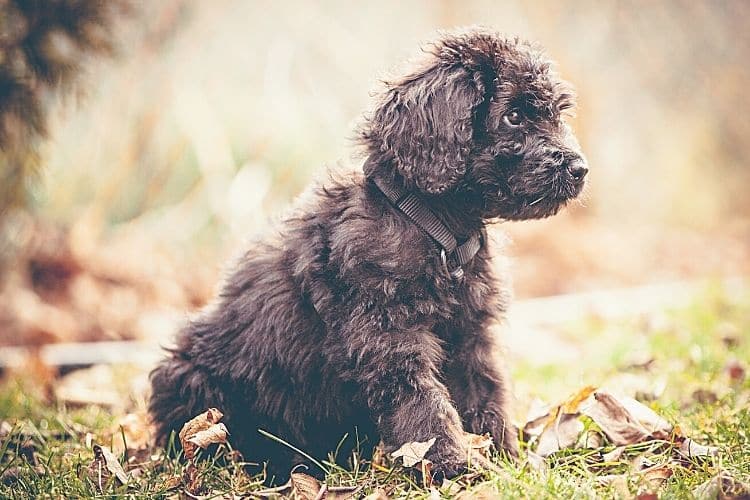
As Doodle fans, you likely already know a lot about Poodles, including that they come in three distinct sizes: Toy, Miniature, and Standard, as well as a rainbow of hues. You probably also know that they have been crossbred with many other breeds because of their desirable status as low-shedding ‘hypoallergenic’ dogs.
You might not know so much about Newfoundlands, though. Despite being wonderful companion dogs with sweet, sociable natures, their size has perhaps prevented them from being included on any ‘top family dog’ lists. These guys are seriously big dogs!
They were originally bred in the Canadian province of the same name. Much like Labrador Retrievers, who share their birthplace, they worked as fisherman’s aids, pulling nets and hauling wood from the forest. This all accounts for their thick, water-resistant fur and webbed feet, not to mention their strong work ethic.
With all the wonderful working and companion traits they share with the Lab due to a shared heritage (despite not seeming to be genetically related – beyond both of them being canines, of course), it’s not surprising that these loveable hounds ended up being Doodled like all the best breeds eventually are.
3 Interesting Facts About the Newfoundland-Poodle Mixes
- Despite their large size, Newfypoos are gentle, patient, and loving companion dogs who are typically much calmer than other Doodle types.
- There are actually two sizes of Newfiedoodle – Miniature, and Standard. Both are larger than other regular Miniature and Standard Doodles.
- With two parent dogs bred to spend time in the water (retrieving fowl and helping fisherman), Newfypoos adore swimming and are really rather excellent at it.
Physical Appearance
In terms of how a pup will look, nothing is ever entirely certain when it comes to mixed breeds. Pack all the Poodle DNA in there you want, and you could still end up with a dog that resembles the other parent. However, the more breeders can refine the breeding process, the better the results.
Yet, as we have already mentioned, Newfypoos are a relatively new Doodle. Chances are generations haven’t gotten much beyond F1 (see the section Variations & Generations below). So, it really is a mixed bag – as they say.
What we do know is that Newfies most often come in black, grey, and brown, so these are the most likely colors of Newfiedoodles too. They can be all one color or a combination of two or more colors. Many of the breed also inherit that adorable teddy bear look that we have come to associate so strongly with Doodle pups.
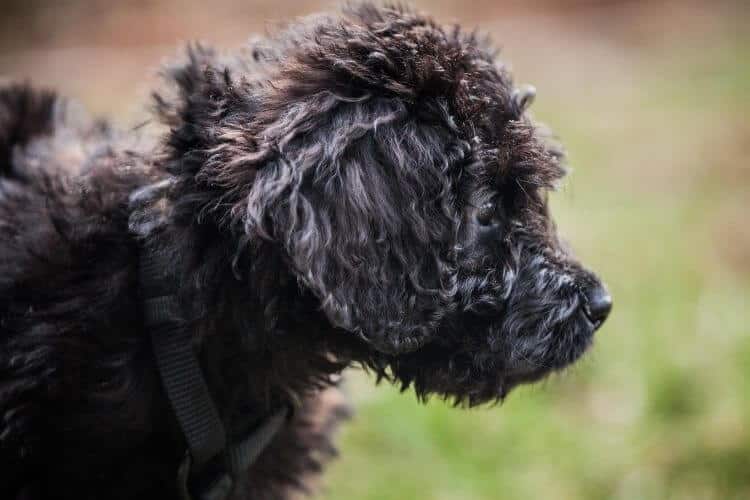
Size
We already mentioned it a time or two because it’s such a dominant feature of Newfoundlands (and hence Newypoos too); these are big dogs. In fact, they are one of the biggest kinds of Doodle around, often reaching a height of 28 inches (to the shoulder) and weighing up to 150 pounds. Females are slightly smaller than males but, needless to say, neither of them makes particularly good apartment dogs.
Because of their sheer size, bulkiness, and all that strength that comes with both, existing Newfiedoodle owners don’t always recommend this type to novice pet parents. As sweet and good-natured as they are – that’s an awful lot of dog! And you won’t believe how quickly they shoot up in the first six months of their lives.
Beyond that, these pups are prone to packing on the pounds at the drop of a hat. They simply love to eat, and few owners can resist those melting puppy-dog ‘feed me, I’m so hungry’ eyes. Be strong, my friend! Pay close attention to food manufacturer feeding guidelines based on your pooch’s life stage, weight, and specific needs. Don’t let them trick you into giving them extra supper.
Personality & Temperament
Like most larger hounds, Newfypoos are incredibly gentle dogs. (In all my years with dogs, I’ve only been bitten by a dog once, and it was a Teacup Chihuahua!)
This gentleness is something they inherit from the goofy Newfoundland. In fact, probably the most famous of all Newfies is Nana, the nursemaid dog from Peter Pan*.
There is some confusion regarding whether she was a Newfie or a St. Bernard. J.M Barrie had both breeds.
The point is, they do very well with children* who they generally love. Honestly, though, you won’t find many people or animals that these social dogs don’t love on sight. Just take care as their size could be intimidating to both people and other dogs who are not familiar with them – and that could cause some problems.
All children-dog interactions should be closely supervised.
Further issues could result from the fact that Newfiedoodles are extremely protective of their owners and of their families. There are numerous accounts of fishermen being saved by their loyal Newfie when getting into trouble in the water. While this may only seem like a positive, this guardian nature could get a little out of control without proper early socialization. Luckily, though, their size alone should be more than enough to fend off any budding thieves or criminals!
Variations & Generations
To be clear, the Newfypoo/Newfiedoodle we have been chatting about until now is the regular, otherwise known as the Standard, size. However, we know that many other Doodles, due to the Poodle varieties, come in all different sizes: Teacup, Toy, Miniature, Medium, Standard, and Giant.
This isn’t the case with Newfypoos, and I’m pretty sure there’s no need to explain why! The mechanics of it would undoubtedly be a little…umm…challenging. However, people do so very much like things in Miniature, and so breeders have been working on making this the case with Newfiedoodles, too.
The miniature Newfie is the result of breeding a female Newfoundland and a male miniature Poodle or any variation of Newfypoos that include a miniature Poodle. On average, the full-grown mini Newfypoo size is between 18-21 inches in height and 35-65 pounds…making it quite a bit larger than other mini Doodles.
Some breeders may claim to have Teacup Newfiedoodles – but you should be wary. If these could even be bred this small, they would probably have some significant health issues as a result.
As well as this variation on size, there are also starting to be different generations of Newfypoo that work as follows:
| 1st Parent | 2nd Parent | % Newfoundland* | % Poodle* | |
| F1 Newfypoo (first-generation) | Newfoundland | Poodle | 50% | 50% |
| F1B Newfypoo (first-generation backcross) | F1 Newfypoo | Poodle | 25% | 75% |
| F1BB Newfypoo (first-generation backcross backcross) | F1B Newfypoo | Poodle | 12.5% | 87.5% |
| F2 Newfypoo (second-generation) | F1 Newfypoo | F1 Newfypoo | 50% | 50% |
| F2B Newfypoo (second-generation backcross) | F1 Newfypoo | F1B Newfypoo | 37.5% | 62.5% |
| F2B Newfypoo (alternate cross) | F2 Newfypoo | Poodle | 25% | 75% |
| F3 / Multigen Newfypoo | F1B Newfypoo or higher | F1B Newfypoo or higher | Varies | Varies |

Health
Newfiedoodles require quite a bit of care (not to mention quite a bit of food) to keep them happy, healthy, and living their best lives.
As with other dogs, their nutritional needs will vary depending on their life stage and activity levels (we cover exercise needs a little later on). We recommend kibble as it generally packs in a potent dose of nutrients as well as high-quality proteins.
Luckily, the diversity in the genes of mixed breed dogs makes them healthier than purebred ones (hybrid vigor). That being said, Newfypoos are still susceptible to some canine issues, including:
- Hip dysplasia. This is where the hip joint doesn’t fit properly into its socket – a standard problem in large and giant breeds. This can be helped with the right kind of diet and exercise as obesity makes it worse.
- Sebaceous adenitis. Common in Standard Poodles, the sebaceous (oil-producing) glands in the skin become inflamed, resulting in irritation and patchy hair loss. Frequent bathing can help ease this issue.
- Subvalvular aortic stenosis. This is a narrowing of the heart’s aortic valve that is also commonly seen in large breeds. There are no apparent signs or symptoms of this condition which is generally diagnosed when the dog is between 6 and 12 months of age.
- Gastric dilation volvulus (GDV). GDV is a condition where the stomach fills with gas and can sometimes turn. It can cause severe pain and breathing problems and may even require emergency surgery to correct it.
Exercise & Training
Newfypoos, like most other Doodles, need a fair amount of exercise a day. Although surprisingly, their needs are not excessive. Around an hour of walking, games and swimming should do it. Being in the water is especially good exercise for these dogs, much better than running as it puts far less strain on their joints.
These dogs also need mental stimulation – hence the toys and games. They have a natural hunting instinct that these can help to satisfy. Otherwise, they may try to head out on their own or start chasing after smaller animals that they haven’t been socialized to.
With their super Poodle smarts, Newfiedoodles can effortlessly pick up new commands. They are quick learners who retain new knowledge with ease and put it to good use too. However, that Newfie size could mean that if they decide that they don’t want to do what you are telling them to do, it could be tough to change their minds. That’s why it’s always best to start obedience training early.
Training needs to be consistent but also interesting. These clever dogs are liable to get bored with too much constant repetition. Consider clicker training, so you are not continually feeding them empty treat calories. Dog sports are also ideal for this breed if they are not kept as working animals to help with that strong work ethic of theirs.
We absolutely love the Online Puppy School by Baxter & Bella. Their program includes a huge range of courses, classes, and how-to videos on training, essential skills, behaviors, and more. You’ll get unlimited lifetime access to all the training resources you will ever need to successfully raise your Newfypoo puppy into a healthy and happy adult. Here’s our review for the online puppy school.
Coat & Grooming
Poodles and Newfoundlands have exceedingly different coats. This makes it all the tougher to work out what you might be getting with your new puppy.
- The Poodle coat is woolen, wiry, curly, and plagued with knots, tangles, and mats when not correctly cared for.
- The Newfie coat is straight, dense, oily, and sheds twice a year in the spring and the fall.
Many Newfypoos (but not all) will sit somewhere between these two extremes with their fleecy hair. This coat is super soft, absolutely gorgeous, and, honestly, far less work than either of the other two – although it is prone to all the same problems. The generation of the puppy (and how much of each DNA) plays a crucial role in determining their adult coat.
Whatever your pup’s coat type, they will require regular grooming. This will be even more the case if they have inherited a Poodle curly, wiry coat. Dirt and dead hair can easily get caught up, resulting in knots, tangles, and even matting. For this coat, daily brushing is recommended with at least two deep sessions a week.
With a straight or wavy coat, aim for brushing three to four times a week with one deep groom. These coats may also need regular trimming to keep them in good and manageable condition.
No dog is ever 100% hypoallergenic – avoid breeders who claim that their puppies are. However, Poodles have ‘hypoallergenic qualities’ as outlined by the American Kennel Club (AKC), which they usually pass on to their offspring.
Where can you get Newfypoo puppies?
Suppose you are looking to purchase a Newfiedoodle puppy rather than adopt one from a shelter. In that case, you will need to find a suitable breeder. This may be a little tricker to do for Newfs compared to other Doodles, as they aren’t quite as popular yet.
The best way to go about this is to search breeder directories in your local areas, ask for advice from other Doodle owners and consult expert websites and breeder reviews. For more details on this, check out our article How to Choose a Responsible Breeder.
Keep in mind that Newfypoo puppies can range in price from $1,000 to $2,500 depending on their size, coat type, color, and breeding lines. There are, of course, other expenses to factor in, such as food, regular trips to the groomers, and veterinarian costs.
Frequently Asked Newfiedoodle Questions
What is the Newfypoo Life Expectancy?
Newfypoos tend to live to be somewhere around 9-12 years of age. This is a good amount of time for dogs who are on the bigger side. Feed your dog quality food (but not too much), and make sure they get plenty of exercise and frequent trips to the vet to keep them at their best.
Do Newfiedoodles Make Good Family Pets
Newfs make excellent family pets as they generally love all people, animals, and especially children. They will enjoy going with you on outdoor adventures and be right there with you when you are at home. However, take care with small children in the house as they could easily sweep them right off their feet without even trying.
Is there a Mini Newfypoo?
Mini Doodles are popular choices for many Doodle admirers. They offer all the benefits of bigger breeds but in a handy, apartment-suited package. However, given the size of the Newfoundland, breeding smaller versions is no simple task, and they are not as readily available as standard-sized Newfies. If you really want one, make sure to choose a reputable breeder. Big dogs in miniature can develop an array of health problems if not bred responsibly.
Newfypoos are newly popular large-sized crossbreed dogs that do well in a house with plenty of space. Not to mention with active owners who can provide them with all the care, attention, and exercise they need. They are great with kids and other pets and are often thoroughly dedicated to their families. Bringing one of these gentle giants into your home could give you more than you bargained for – more dog, more work, and, above all, much more love.

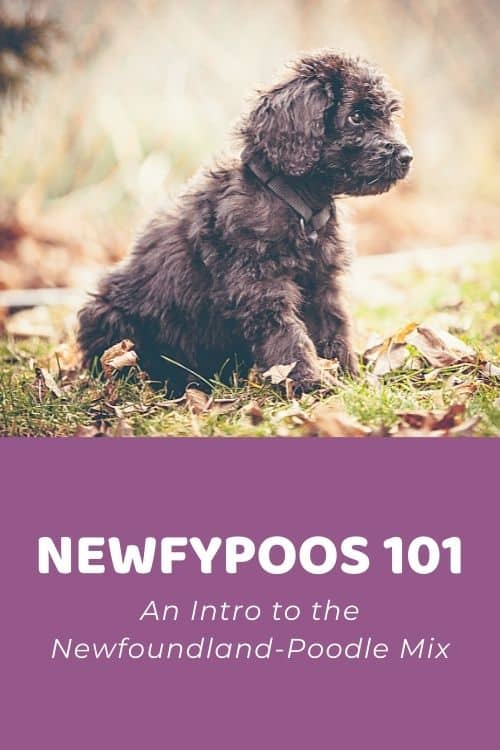
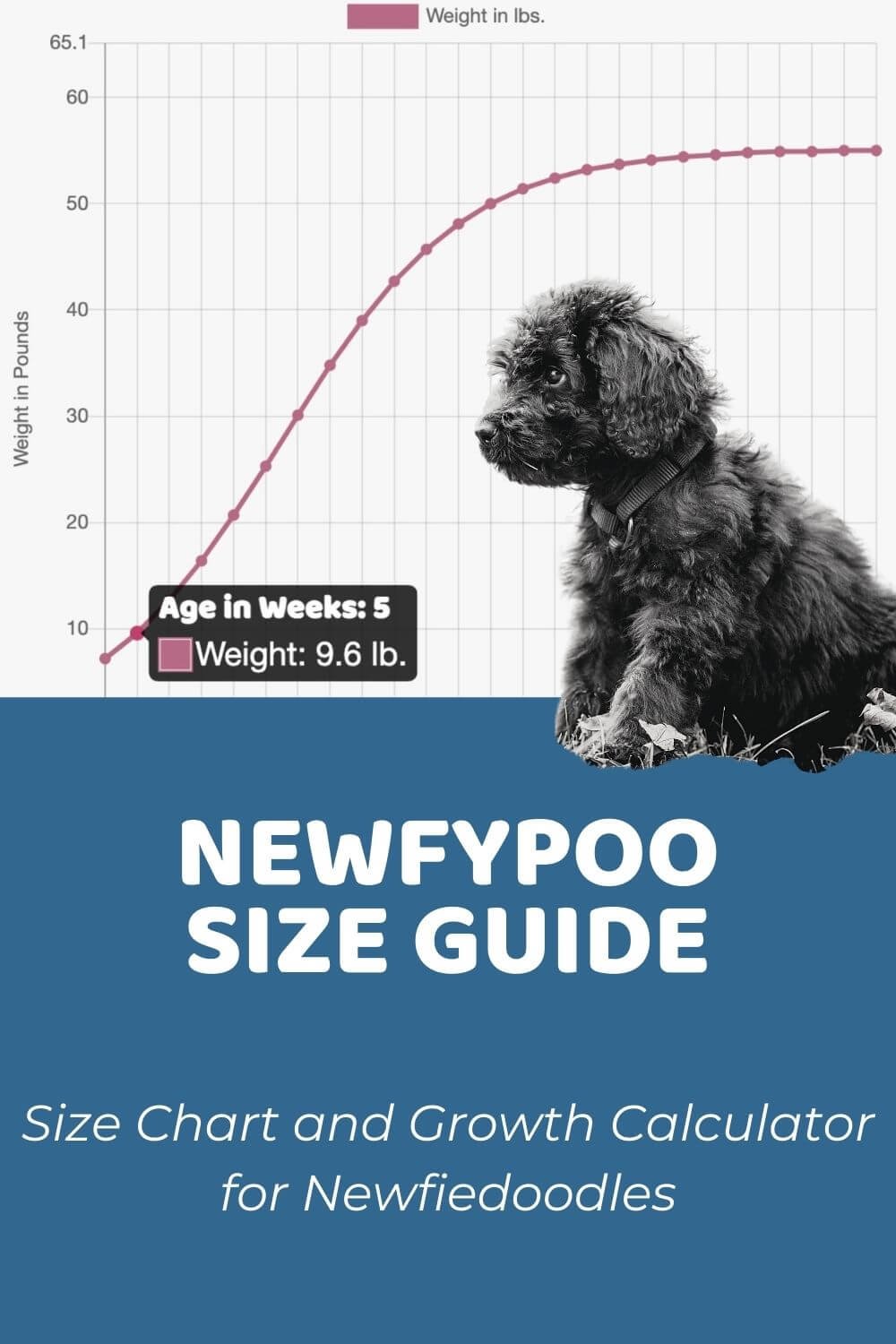
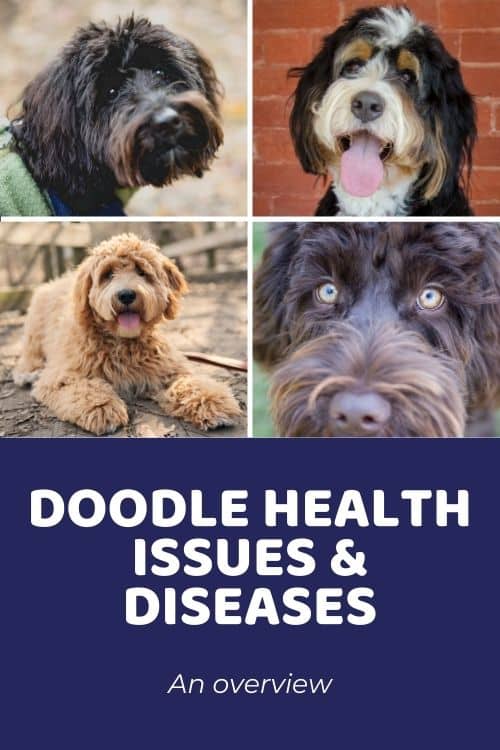
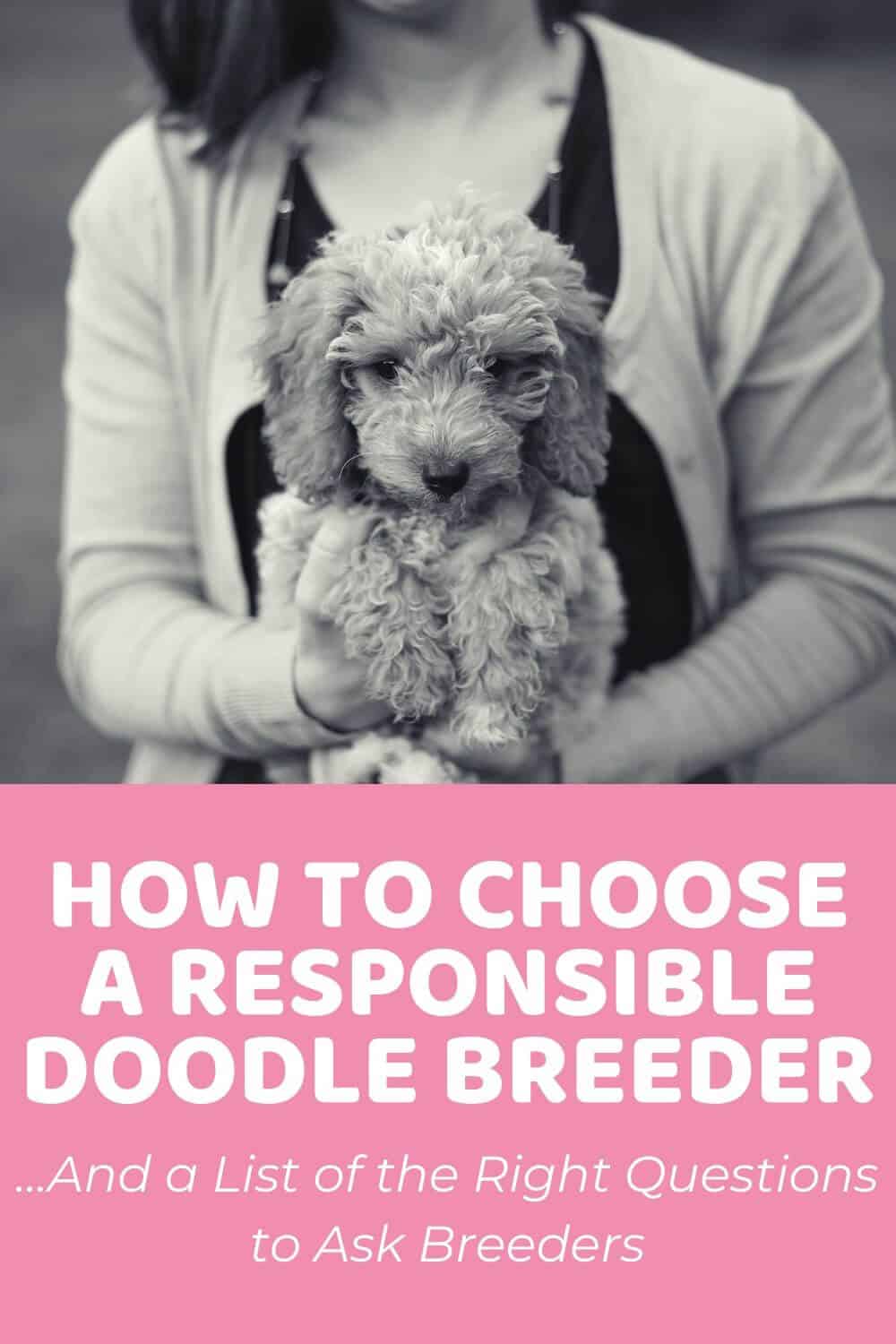


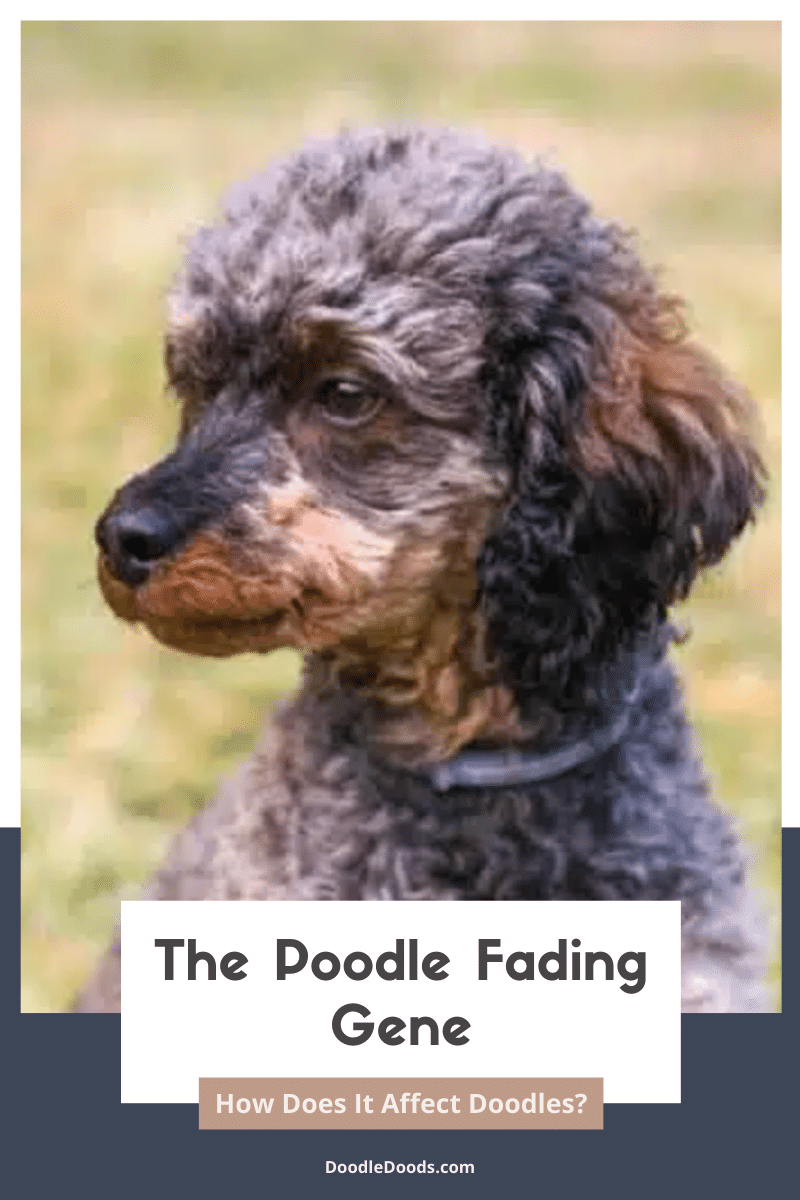
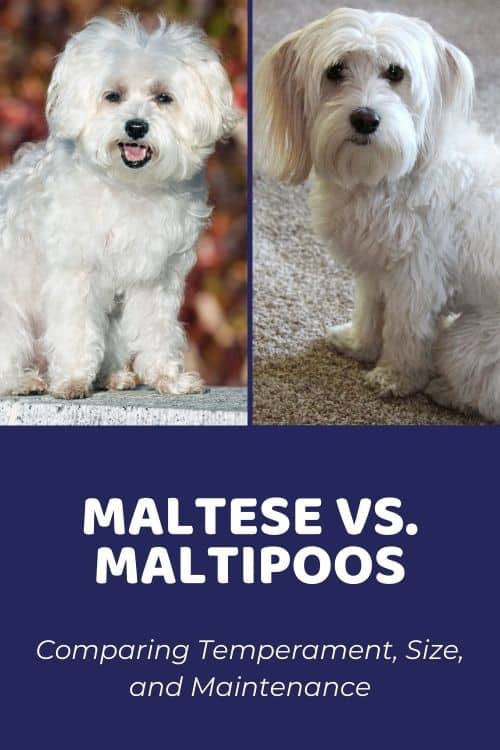
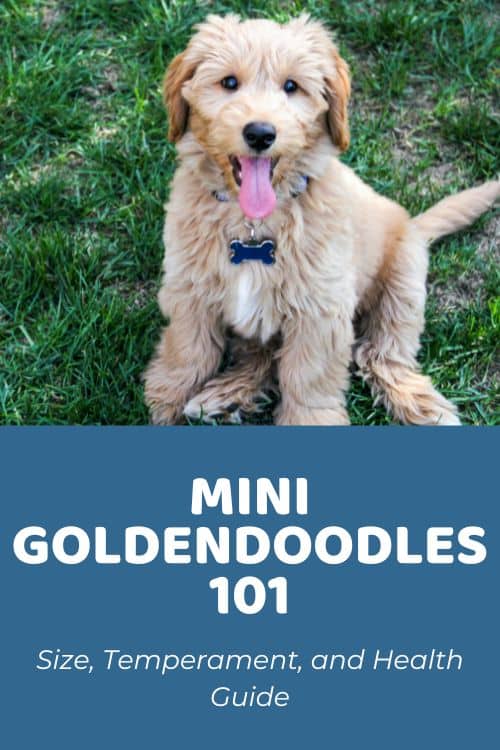
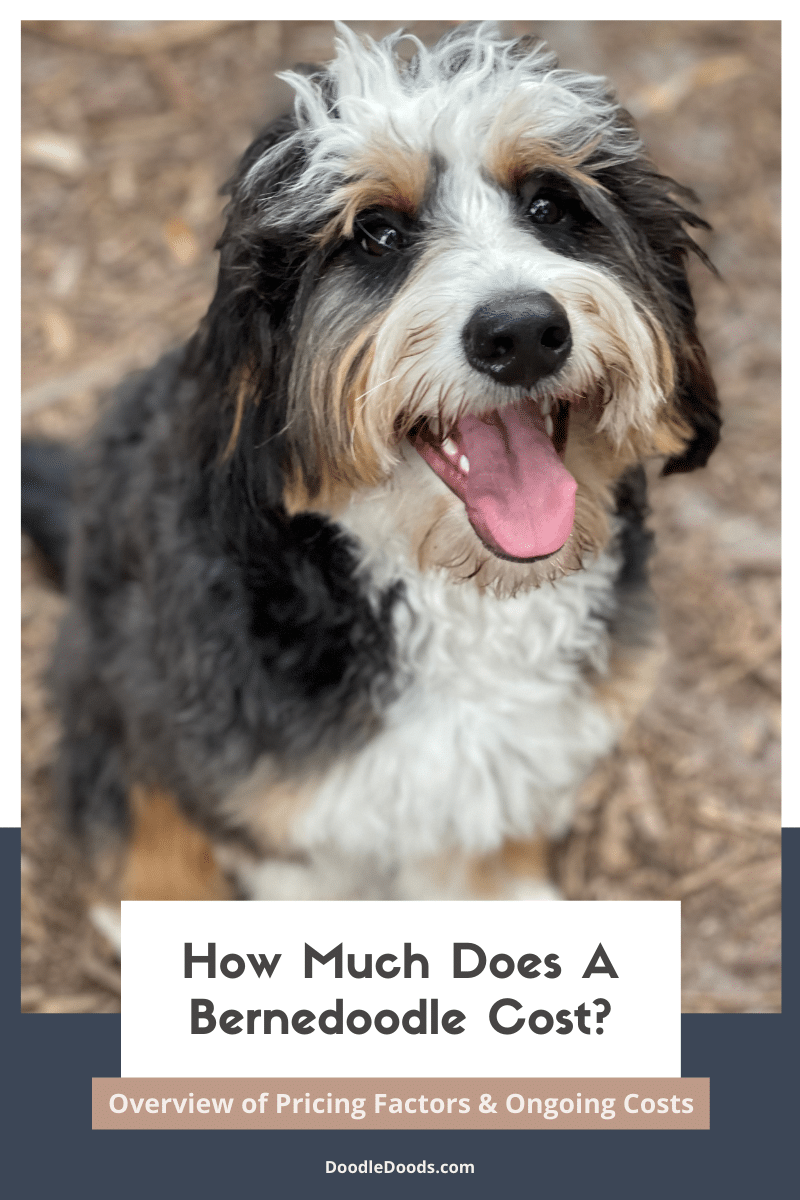
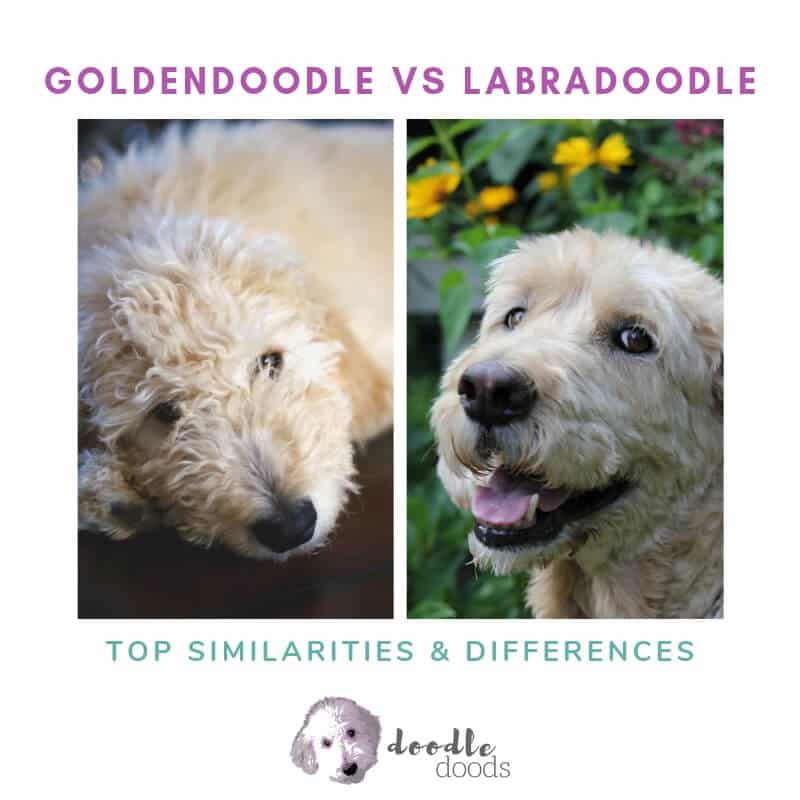
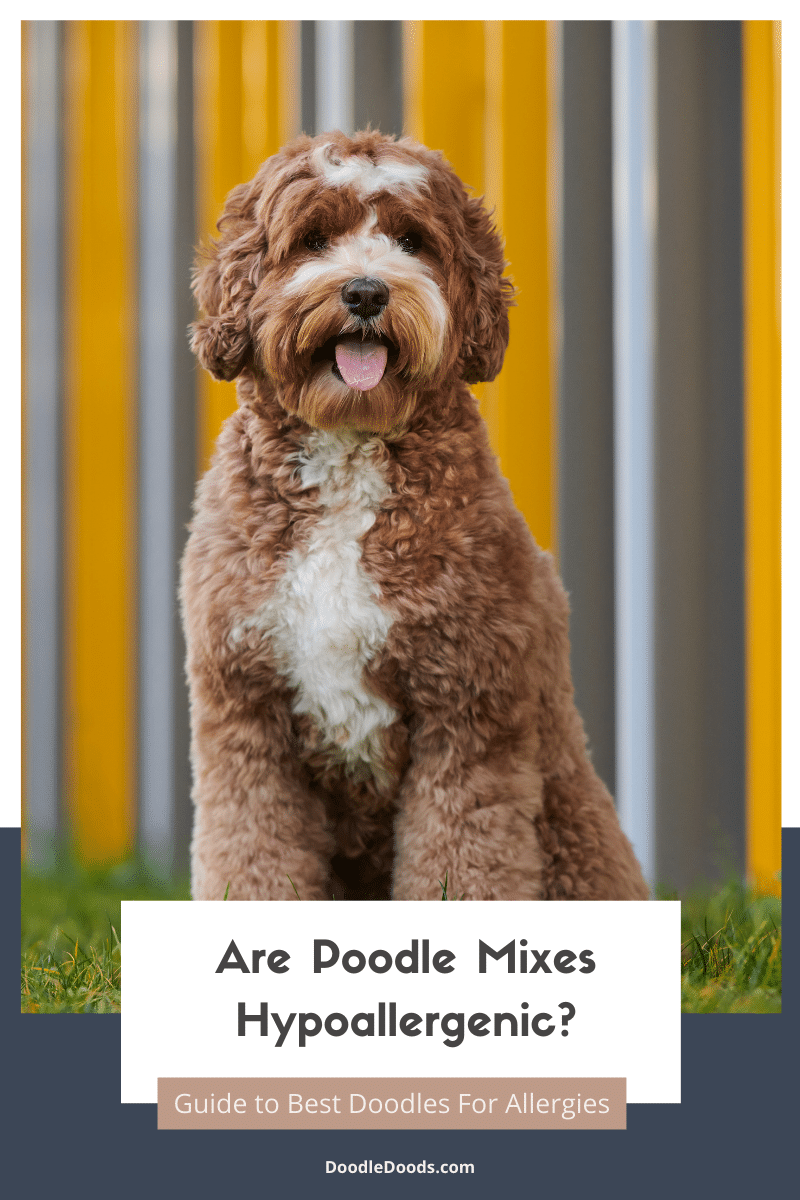
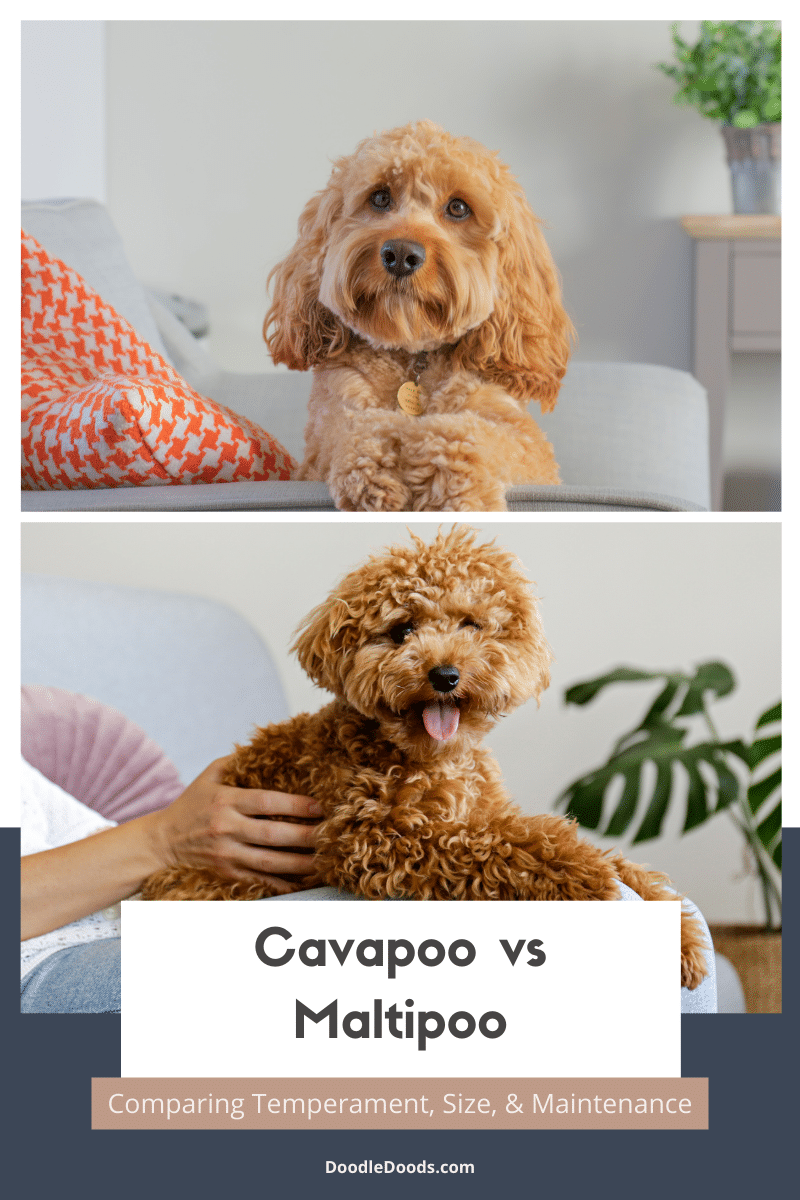
This was all so helpful to me! Perfectly written. Thank you!!
September 13, 2022 at 12:35 am